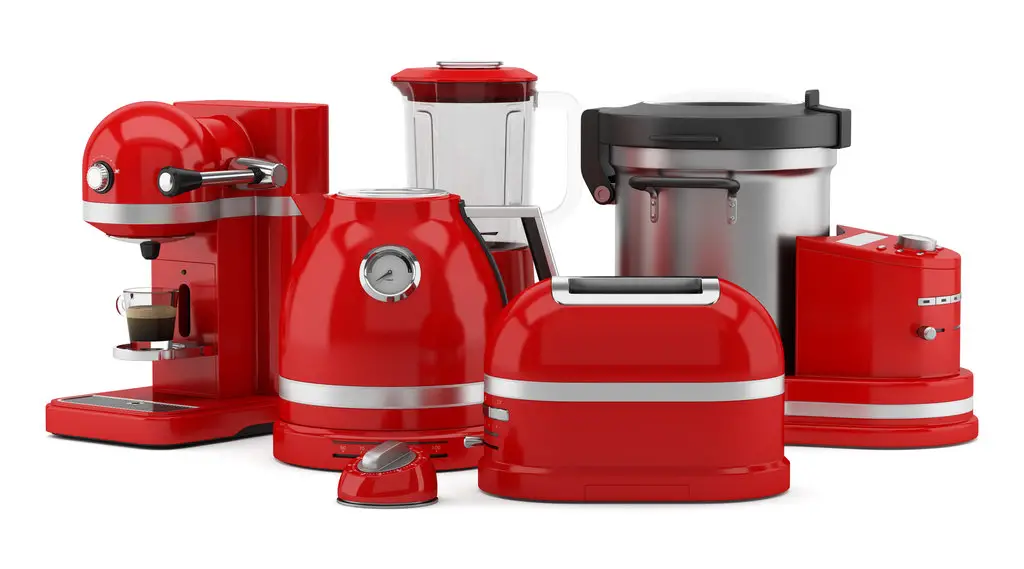In the realm of culinary adventures, food processors reign supreme as versatile tools. However, when these trusty companions are unavailable, fear not! Embark on a journey to discover ingenious food processor substitutes that will elevate your cooking prowess to new heights.
From repurposing everyday kitchen tools to embracing traditional techniques, this guide unlocks a treasure trove of alternatives that empower you to chop, blend, slice, and puree with precision and ease.
Alternatives to Food Processors: Food Processor Substitute

While food processors are versatile kitchen appliances, they can be expensive and bulky. Fortunately, there are several alternatives that can perform similar tasks, each with its own advantages and disadvantages.
The most common alternatives to food processors are blenders, immersion blenders, and mortar and pestles. Each of these tools has its own strengths and weaknesses, so it’s important to choose the right one for the job.
Blenders
Blenders are great for making smoothies, soups, and sauces. They can also be used to crush ice and grind nuts. However, blenders are not as good at chopping or slicing food as food processors. They also have a smaller capacity than food processors, so they may not be suitable for large batches of food.
Immersion Blenders
Immersion blenders are similar to blenders, but they are smaller and more portable. They are great for making small batches of food, such as dips, sauces, and baby food. Immersion blenders can also be used to puree soups and sauces directly in the pot or pan, which is a convenient feature.
Mortar and Pestles
Mortar and pestles are the most traditional way to grind and crush food. They are made of a heavy bowl and a pestle that is used to grind the food against the bowl. Mortar and pestles are great for grinding spices, herbs, and nuts.
They can also be used to make pastes and sauces.
DIY Food Processor Substitutes
Lacking a food processor shouldn’t hinder your culinary endeavors. With a touch of ingenuity, you can create effective substitutes using everyday kitchen tools.
These DIY alternatives may not offer the same level of power or precision, but they’ll certainly get the job done, allowing you to chop, mince, and puree ingredients with ease.
Grater and Knife
A grater and a sharp knife form a versatile duo for processing various foods. The grater handles hard cheeses, vegetables, and fruits, while the knife excels at mincing herbs, garlic, and onions.
- Grating:Use the appropriate grater holes (fine, medium, or coarse) to achieve the desired texture. Simply rub the food against the grater in a downward motion.
- Mincing:Hold the knife perpendicular to the cutting board and finely chop the ingredients by rocking the blade back and forth.
Specialized Tools for Specific Tasks
Food processors are versatile appliances, but they may not always be the best choice for every task. Specialized tools can offer unique features and benefits that make them more efficient and effective for specific jobs.
Here are some specialized tools that can replace food processors for specific tasks:
Juicers
- Juicers are designed to extract juice from fruits and vegetables, leaving behind the pulp and seeds.
- They are ideal for making fresh juices, smoothies, and other beverages.
- There are two main types of juicers: centrifugal and masticating.
- Centrifugal juicers are faster and less expensive, but they can produce more pulp in the juice.
- Masticating juicers are slower and more expensive, but they produce a higher-quality juice with less pulp.
Slicers
- Slicers are designed to cut food into thin, even slices.
- They are ideal for slicing vegetables, fruits, and cheese.
- There are two main types of slicers: manual and electric.
- Manual slicers are less expensive and easier to use, but they require more effort to operate.
- Electric slicers are more expensive and difficult to use, but they can slice food more quickly and evenly.
Graters
- Graters are designed to shred food into small pieces.
- They are ideal for grating cheese, vegetables, and fruits.
- There are two main types of graters: box graters and handheld graters.
- Box graters are larger and more stable, but they can be more difficult to clean.
- Handheld graters are smaller and easier to clean, but they can be more difficult to use.
Food Preparation Techniques Without a Food Processor

In the absence of a food processor, traditional methods of food preparation can be employed to achieve similar results. These manual techniques, honed over centuries, offer a unique and rewarding culinary experience.
Chopping
Chopping is a fundamental technique for reducing the size of ingredients. Using a sharp knife, hold the ingredient firmly and make controlled, downward strokes. The size and shape of the chopped pieces can be adjusted by varying the angle and speed of the knife.
Tips:
- Use a rocking motion to chop ingredients quickly and evenly.
- For finer results, chop ingredients in two perpendicular directions.
- Keep the knife sharp to ensure clean cuts and prevent bruising.
Slicing
Slicing involves cutting ingredients into thin, uniform pieces. Hold the ingredient securely and use a sharp knife to make smooth, gliding motions. The thickness of the slices can be controlled by adjusting the angle of the knife.
Tips:
- Use a slicing guide or ruler to ensure even slices.
- For delicate ingredients, such as tomatoes, use a serrated knife to prevent tearing.
- Slice ingredients on a stable cutting board to prevent slipping.
Dicing
Dicing is a combination of chopping and slicing, resulting in small, cube-shaped pieces. First, chop the ingredient into thin slices, then cut perpendicularly to create uniform cubes. The size of the cubes can be adjusted by varying the thickness of the slices.
Tips:
- For even cubes, ensure the slices are of equal thickness.
- Use a sharp knife to make clean cuts and prevent crumbling.
- Hold the knife parallel to the cutting board for consistent results.
Pureeing, Food processor substitute
Pureeing transforms ingredients into a smooth, liquid or paste-like consistency. Traditionally, a mortar and pestle are used for this purpose. Place the ingredients in the mortar and use the pestle to grind them into a fine paste. Alternatively, a potato masher or ricer can be used to puree softer ingredients.
Tips:
- Add a small amount of liquid, such as water or broth, to aid in pureeing.
- Use a fine-grained mortar and pestle for smoother results.
- For a coarser puree, use a potato masher or ricer with larger holes.
Creative Uses for Food Processor Substitutes

Food processor substitutes can be used in creative ways to achieve food processor-like results. These alternatives can be employed to prepare various recipes and dishes, showcasing their versatility and effectiveness.
Innovative Techniques
One creative use of food processor substitutes is to combine different tools and techniques to achieve specific functions. For instance, a box grater can be used to grate vegetables, while a knife and cutting board can be used to chop them finely.
Additionally, a potato masher can be used to puree fruits and vegetables, creating a smooth consistency.
User-Generated Content
User-generated content and case studies demonstrate the versatility of food processor substitutes. Online forums and social media platforms are filled with creative ideas and recipes that utilize these alternatives. For example, one user shared a recipe for a homemade hummus using a blender and a potato masher, achieving a smooth and creamy texture.
FAQ Summary
Can I use a blender as a food processor?
Yes, blenders can handle many food processor tasks, but they may not be as efficient for chopping or kneading.
How do I make a makeshift food processor?
You can create a makeshift food processor using a sharp knife, a cutting board, and a bowl for mixing.
What are some specialized tools that can replace a food processor?
Specialized tools like juicers, slicers, and graters can perform specific tasks that a food processor can.
